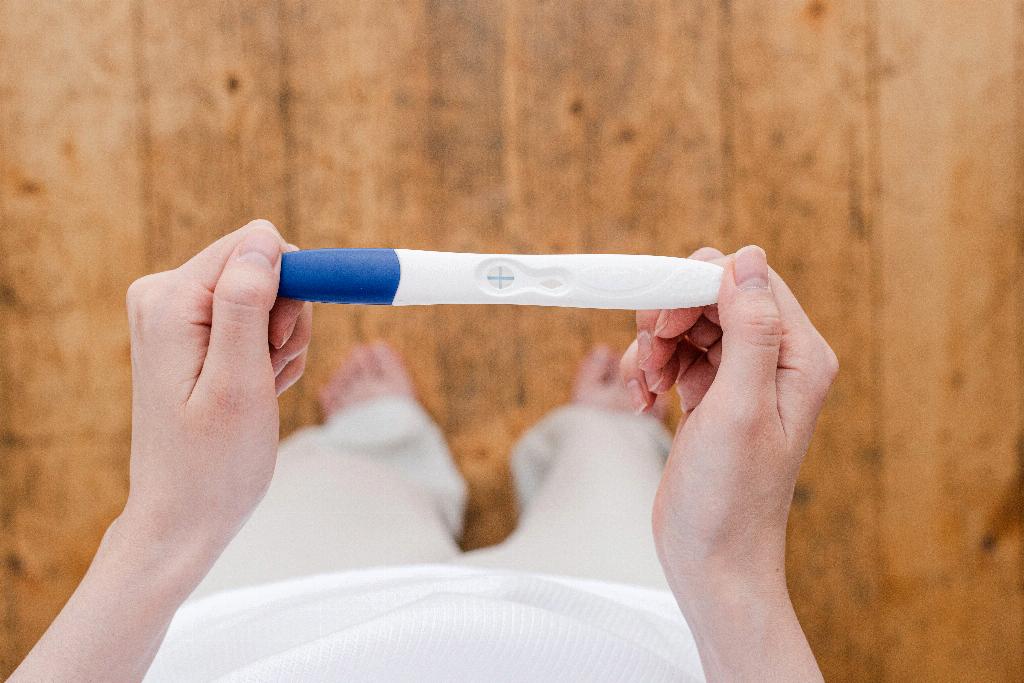During pregnancy, women experience a myriad of physical changes as their bodies work tirelessly to nurture and grow new life. Unfortunately, some mothers-to-be may also face complications such as preeclampsia, a serious condition characterized by high blood pressure and often accompanied by protein in the urine.
Identifying Preeclampsia Right Pain
One of the notable symptoms of preeclampsia is right upper quadrant (RUQ) pain. This type of abdominal discomfort is typically located beneath the ribs on the right side and can be described as a dull, persistent ache. It’s important to differentiate this pain from other common discomforts experienced during pregnancy.
Discerning the Differences
Preeclampsia right pain may mimic other conditions such as heartburn, gallbladder issues, flu symptoms, indigestion, or even the sensation of the baby’s movements. However, what sets it apart is its persistent nature and its specific location in the upper right quadrant of the abdomen.
Characteristics of Preeclampsia Right Pain
Expectant mothers with preeclampsia may describe the RUQ pain as a throbbing or pressure-like sensation that does not subside with common remedies. It may radiate to the back or shoulder, further distinguishing it from transient discomforts associated with digestion or fetal movements.
Accompanying Symptoms
Alongside RUQ pain, individuals with preeclampsia may exhibit other signs such as severe headaches, visual disturbances, swelling in the hands and face, shortness of breath, and nausea. These symptoms collectively signal a need for immediate medical attention.
Impact on Pregnancy
Ignoring or misinterpreting the signs of preeclampsia can have dire consequences for both the mother and the developing fetus. Uncontrolled high blood pressure and the related stress on organs can lead to complications such as seizures, organ damage, or restricted growth for the baby.
Seeking Medical Evaluation
It is crucial for pregnant individuals experiencing persistent RUQ pain or other associated symptoms to promptly consult with their healthcare provider. Prompt diagnosis and management of preeclampsia can help mitigate risks and ensure the well-being of both the mother and the unborn child.
Treatment Approaches
Upon diagnosis of preeclampsia, healthcare professionals may recommend interventions such as blood pressure monitoring, bed rest, dietary modifications, medications, or in severe cases, early delivery of the baby. Each treatment plan is tailored to the individual’s specific circumstances.
Emotional Support
Coping with the challenges of preeclampsia can be emotionally taxing for expectant mothers. Seeking support from loved ones, joining support groups, and engaging in relaxation techniques can aid in managing stress and promoting overall well-being during this challenging time.
Empowering Knowledge
Understanding the nuances of preeclampsia, including its characteristic RUQ pain, empowers individuals to recognize early warning signs and take proactive steps towards seeking appropriate medical care. Awareness and education play a pivotal role in safeguarding maternal and fetal health.
Conclusion
In conclusion, preeclampsia right pain should not be dismissed as mere pregnancy-related discomfort. Vigilance, timely intervention, and a holistic approach to managing this condition are essential in safeguarding the health and well-being of both mother and baby. By staying informed and seeking timely medical guidance, expectant individuals can navigate the challenges of preeclampsia with resilience and grace.

